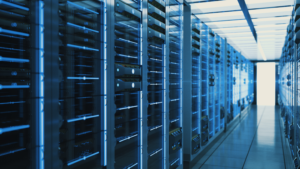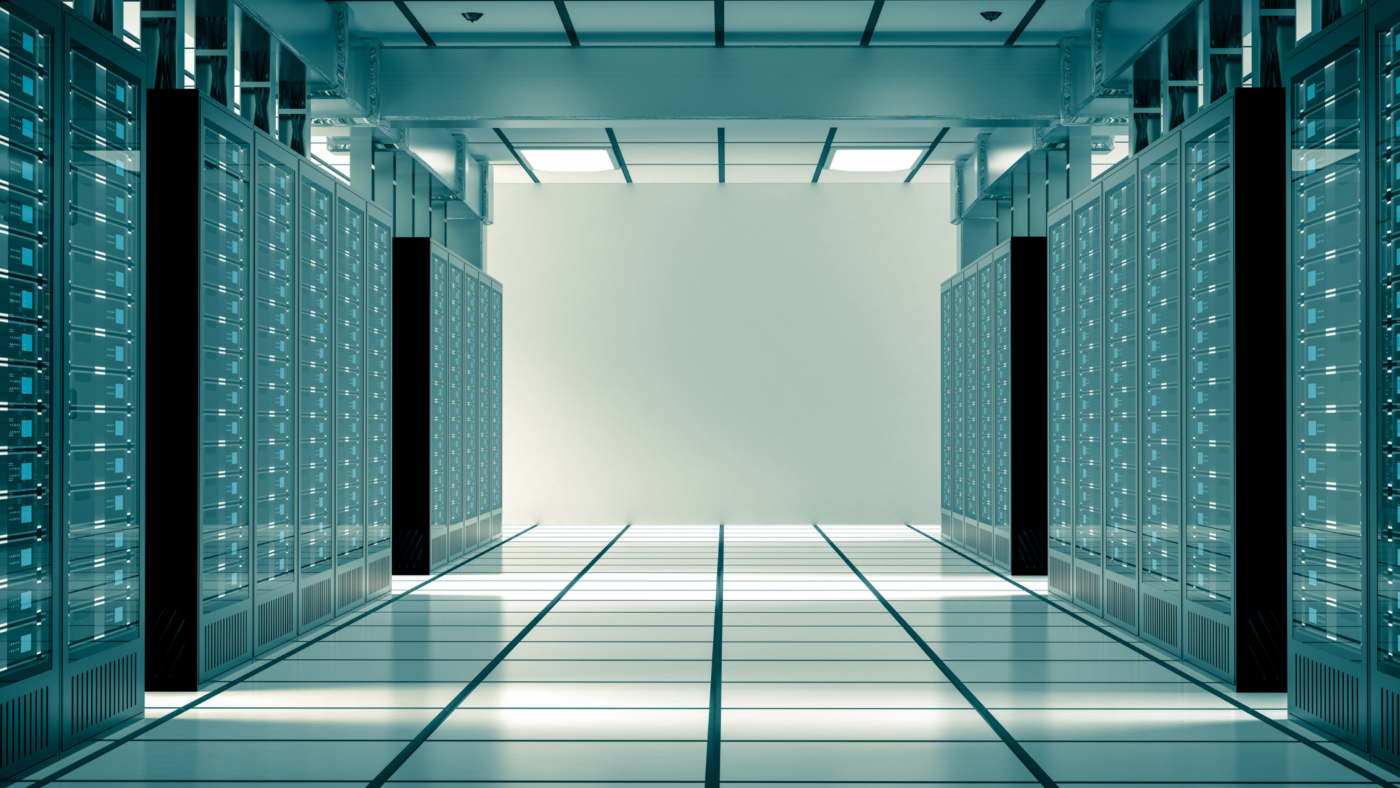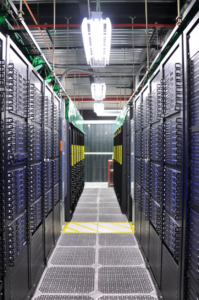Data centers are arguably the most important physical space for most businesses. Therefore, it’s vital to ensure they function at all times. That’s why data centers must have backup power, even if it’s never needed.
Data is priceless
A physical data center has one purpose: to be a safe repository for applications and data stored on computer systems and other storage infrastructure. A data center may be a room, an area within a building, or a separate entity. It may contain the data for a single company or multiple companies.
Data has become the lifeblood of industry. “Data is one of the most valuable assets a business can have and potentially has a tremendous impact on its long-term success,” according to an article in Forbes. Companies use data in countless ways, and many have become more efficient and profitable because of data.
Consider some of these data-related statistics from Zippia:
- 97.2% of businesses are investing in big data and AI.
- Companies that use big data solutions increase profits by an average of 8%.
- The global big data market value is more than $56 billion by annual revenue.
- The average data breach in the U.S. costs $8.19 million.
So, keeping data safe and accessible is a must for businesses. Data centers serve that role only if they consistently maintain power.

The impact of lost power at a data center
Because data centers are so crucial, they must always be up and running. Right? Well, according to a 2018 survey, a third of all data centers had an outage during the previous year, an increase of 5% from the previous year. Outages can happen for a few reasons, but the survey found that 36% occurred due to a power failure.
The Uptime Institute’s 2022 survey found outages were decreasing, as 60% of operators reported that they had an outage in the past three years, while the percentage was 69% in 2021 and 78% in 2020. In addition, the impact of outages is decreasing. Speculation is that a greater percentage of outages are “…caused by partial failures of systems or equipment, rather than total failures….”
 However, the cost of outages has increased. Twenty-five percent of respondents to the survey noted an outage “…cost more than $1 million in both direct and indirect costs, a significant increase from 2021 and continuing a clear trend… A further 45% say their most recent outage cost between $100,000 and $1 million.” Clearly, even a partial failure can be costly.
However, the cost of outages has increased. Twenty-five percent of respondents to the survey noted an outage “…cost more than $1 million in both direct and indirect costs, a significant increase from 2021 and continuing a clear trend… A further 45% say their most recent outage cost between $100,000 and $1 million.” Clearly, even a partial failure can be costly.
Besides the significant costs incurred when a data center has a failure that impacts your company’s data, there’s also a negative impact on your reputation. Your company could be in the dark without access to data. Work may be halted, and essential, impactful decisions delayed. This could have both internal and external implications. And if your company loses data or can’t access its data for any length of time, customers may question your reliability and trustworthiness.
As for data center operators, any downtime, regardless of the cause, also negatively impacts your reputation. This could lead to companies looking elsewhere for their data storage needs.
According to Uptime, most outages have several causes, yet power is the leading cause. This underscores the need for backup power because data centers have no purpose if they can’t offer customers reliable and consistent power.

Steps to ensure reliable power
One of the main reasons data centers have power issues is uncertainty over their needs and capacity. Knowing how much power is needed for your backup system so you are not stuck with too much (too costly) or too little power (too much danger of outage) is the first thing data center operators should determine when considering backup power sources.
Another point is avoiding single points of failure. “A good backup system needs to have multiple points of failure built into it,” according to Industrial Motor Power Corporation (IMP), a supplier of new, used, and surplus industrial generator sets and engines. “Otherwise, you risk having the whole backup system fail.” IMP suggests having a backup system with two power distribution units. “In this case, the chance of your whole power system going down becomes astronomically small.”
Backup power relies on a backup generator that should ensure no disruption or outage. Generator Source, which sells new and used industrial generators, explains the process when utility power is lost:
- UPS [uninterruptible power supplies] supplies power to security and the data center.
- The emergency generator starts, and the automatic transfer switch transfers to emergency power.
- Switchgear routes power to critical and non-critical loads.
- UPS transfers to normal operation, and the data center and security are powered by an emergency generator.
- When normal power is resumed, the automatic transfer switch routes power to the utility, and critical and non-critical loads are powered.
Data centers play a critical role for all businesses. A momentary loss of power could require restarting the system. Such a scenario results in some system downtimes and loss of in-process information. Having reliable backup power for a data center is a must. A loss of power can result in lost time, money, and safety. Miller Electric works with data centers to ensure they provide their customers with reliable power. Our experienced personnel can help your data center maintain its power.

